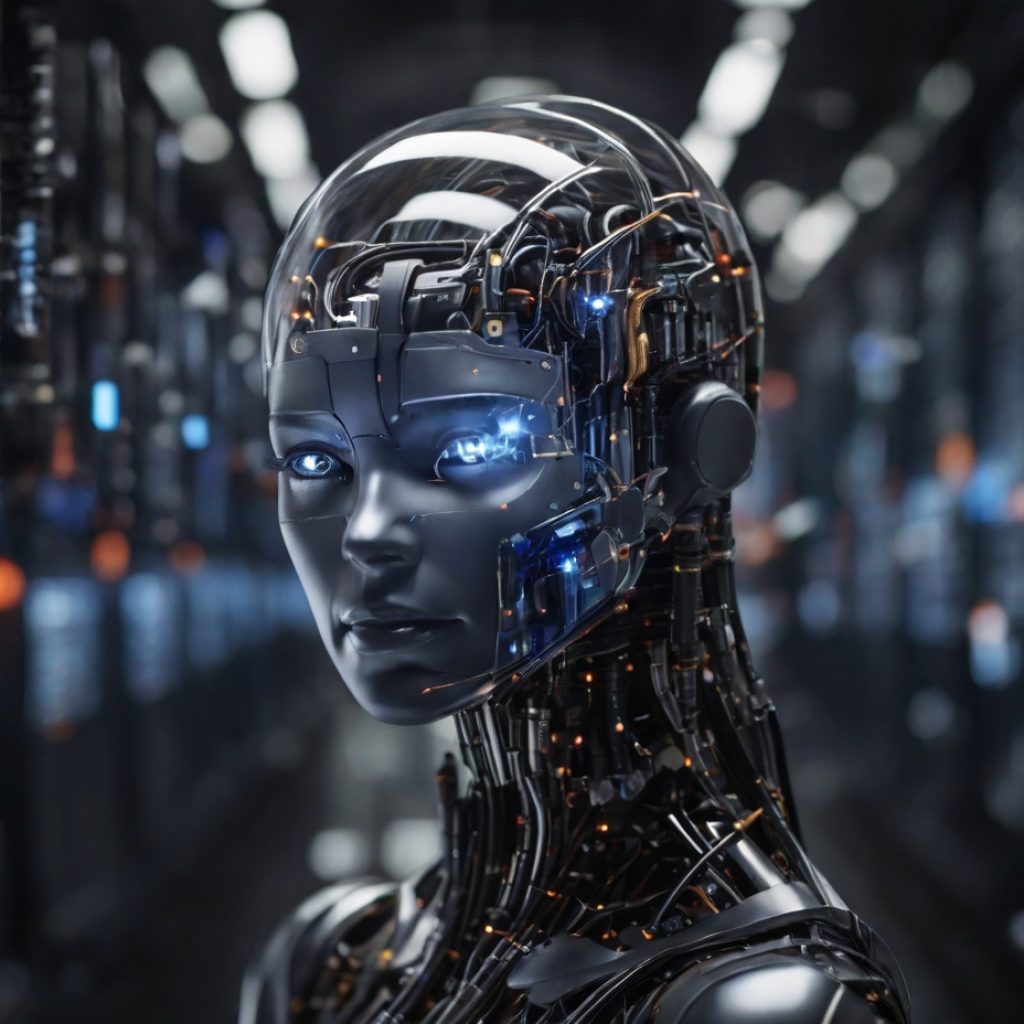OpenAI’s ChatGPT has captured the world’s imagination with its human-like conversational abilities. While it excels at solving complex problems, it has traditionally been limited to generating text-based responses. However, with the introduction of the ChatGPT Code Interpreter, OpenAI has taken a significant step forward in transforming the AI chatbot into an intelligent agent that can implement ideas and solve real-world problems.
What is ChatGPT’s Code Interpreter?
The Code Interpreter is a powerful update to ChatGPT, offering a sandboxed Python programming environment within the chatbot itself. This environment allows users to execute Python code to perform various tasks. Despite its name, the Code Interpreter is not exclusive to experienced programmers; even users with little to no coding experience can leverage its capabilities.
Before the Code Interpreter feature, ChatGPT could only provide solutions that could be represented through text generation. For instance, it could explain the concept of generative AI or translate text into another language. However, for tasks that required specific actions, such as generating a complex graph, editing an image, or extracting color values from an image, ChatGPT was limited to describing the steps rather than actively implementing them.
How ChatGPT’s Code Interpreter works
The Code Interpreter leverages the immense power of a large language model like GPT-3.5 and combines it with Python programming to transform ChatGPT into more than just a text generator. When faced with a task like splitting an image into two parts, inverting one part’s colors, and combining them to create a new image, ChatGPT uses its language model to generate a Python script for accomplishing the task.
Once the Python script is generated, ChatGPT feeds it into the Code Interpreter, which runs the code and returns the resulting image to ChatGPT. This process allows ChatGPT to effectively implement its ideas, bridging the gap between idea generation and practical application.
The significance of the Code Interpreter
While the initial release of the Code Interpreter might not have garnered as much attention as expected, its potential impact on AI chatbots is immense. Current language models, including GPT-3.5 and GPT-4, can only suggest text-based solutions but cannot execute them actively. This limitation hinders them from evolving into true AI assistants.
The Code Interpreter changes this paradigm, allowing ChatGPT to produce real-world outcomes through conversation alone. Like Google Assistant, which can perform tasks beyond providing information, ChatGPT’s Code Interpreter enables it to take actionable steps and solve practical problems. For instance, users can ask ChatGPT to extract images of cats from a video or retrieve tweets mentioning them, and the chatbot will promptly execute Python programs to deliver the desired results.
The future of AI chatbots
The introduction of the Code Interpreter marks a turning point for AI chatbots, providing a new model for their development. By enabling AI chatbots to interpret instructions, write code, and execute programs actively, OpenAI has elevated ChatGPT to an AI assistant capable of taking action and producing tangible outcomes.
This groundbreaking feature paves the way for other AI companies like Google to adopt similar interpreter models for their chatbots. Implementing Code Interpreters in major AI chatbots can unlock their true potential, making them more practical and ubiquitous user tools.
OpenAI’s ChatGPT Code Interpreter represents a significant leap in the evolution of AI chatbots. By empowering the chatbot to execute ideas and provide real-world solutions through Python programming, OpenAI has set a new standard for AI chatbot capabilities. With this transformation, AI chatbots can progress from mere information providers to AI assistants that actively assist users in achieving their tasks. The Code Interpreter’s potential impact on the AI landscape is profound, laying the foundation for a future where AI chatbots play an increasingly integral role in our daily lives.





